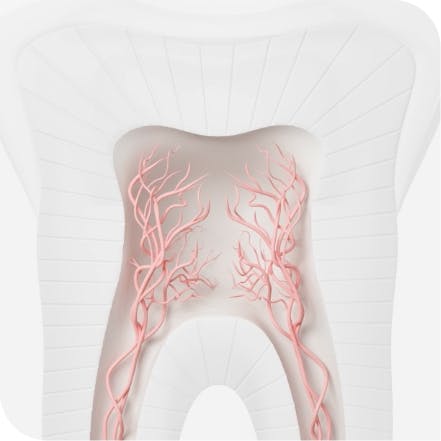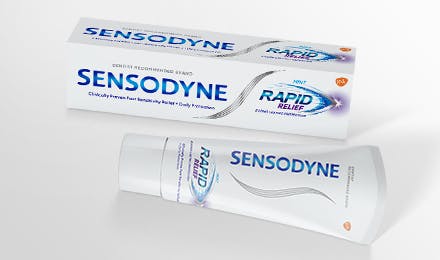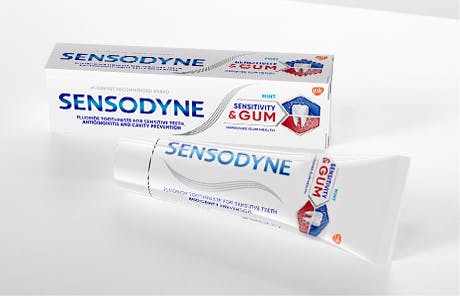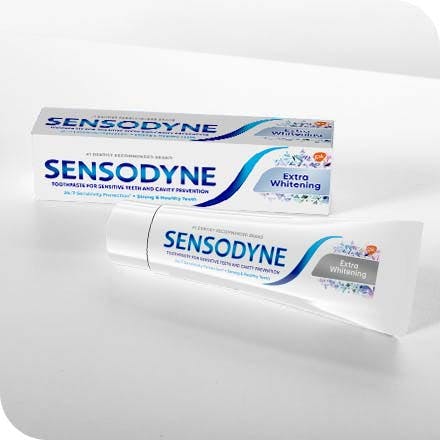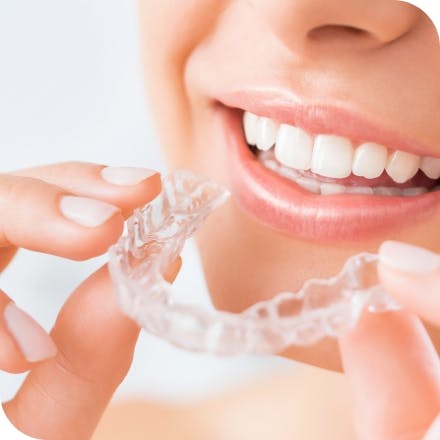Does Getting a Cavity Filled Hurt?

Cavities, the holes in your teeth caused by bacterial acids, are a common dental issue that many of us will encounter at some point in our lives.1 If you have a cavity you need to get filled, you’re probably wondering if it’s going to hurt. However, thanks to modern dentistry, getting a cavity filled may or may not cause discomfort, but it probably won’t be painful. Learn how dentists use local anesthesia during your filling and how to deal with any lingering sensitivity afterward.
What to Expect When You Get Your Cavity Filled
While the experience of getting a cavity filled varies from person to person, most patients find the procedure relatively painless. Dental professionals take measures to ensure your comfort throughout the process, which we’ve broken down below:
Step 1: Using Local Anesthesia
Before the filling procedure, your dentist will administer a local anesthetic to numb the area around the cavity. This prevents pain during the filling process by causing your tooth and the surrounding nerves to lose sensation. Due to its safety and effectiveness, the most common anesthesia used by dentists is lidocaine. Because anesthesia is usually injected with a dental syringe, you might feel a slight pinch during the shot. In most cases, topical anesthesia is applied to the area before the injection to reduce the pain.2
Step 2: Filling the Cavity
Once the anesthesia takes effect, your dentist will use specialized tools to remove the decayed part of your tooth and clean the area of any remaining debris. You might feel some pressure, but you shouldn’t experience pain. Your dentist will then fill the cavity with the chosen dental filling material, shaping it to match the natural contours of your tooth. If the cavity is located near the root of the tooth, your dentist may add a liner to protect the sensitive nerves. After the cavity is filled, your dentist will clean and polish the tooth to make it look natural.3
It's important to communicate with your dentist throughout the procedure. If you feel any pain or discomfort, let them know immediately. They can adjust the anesthesia or take additional measures to ensure your comfort.
Post-Procedure Instructions
After the filling is complete, you may experience some mild sensitivity or discomfort that should subside within a few weeks. Avoiding the cause of sensitivity or taking an over-the-counter pain reliever can help alleviate any post-procedure discomfort. If the pain doesn’t subside in two to four weeks, contact your dentist.3
What Is a Cavity?
Cavities, also known as dental caries or tooth decay, are the result of bacteria in your mouth producing acids that erode your tooth enamel. Over time, this erosion leads to the formation of small holes in your teeth, which we commonly refer to as cavities. If left untreated, cavities can grow larger and lead to more severe dental issues, including infection and tooth loss. Things like frequent snacking, drinking sugary drinks and poor oral hygiene can also contribute to the development of cavities.1
The Importance of Dental Fillings
Dental fillings are the primary treatment for cavities. They restore your tooth's structure and function while preventing the cavity from getting larger and causing more problems. Fillings can also be used to repair cracked, broken or worn-down teeth caused by tooth grinding or nail biting.3
Types of Dental Fillings
When it comes to dental fillings, you have a few different options, including:4
- Amalgam Fillings: These are made from a combination of metals, including silver, tin, copper and mercury. Amalgam fillings are known for their durability and are often used on the back teeth.
- Composite Fillings: Composites are tooth-colored fillings made of a resin material. They are aesthetically pleasing and can be used on front or back teeth.
- Gold Fillings: Gold fillings are highly durable and long-lasting, but less common due to their distinct appearance and cost.
What If You Have Dental Anxiety?
For some people, the fear of dental procedures can be more uncomfortable than the actual pain. If you have dental anxiety, make an appointment with your dentist to discuss your options.
In the end, the answer to the question, "Does getting a cavity filled hurt?" is generally no. The use of local anesthesia and modern dental techniques ensures that the procedure is minimally uncomfortable for most patients.2 The mild discomfort or sensitivity that may follow is usually temporary and easily manageable by avoiding sensitizing foods.
If you’re dealing with sensitivity that is not associated with any dental procedure, your dentist may recommend a toothpaste that’s designed for sensitivity relief,3 like Sensodyne. Explore our product range or learn more about treating tooth sensitivity on our Oral Health Tips hub.
Source Citations:
- Cavities/tooth decay - Symptoms and causes. Mayo Clinic. https://www.mayoclinic.org/diseases-conditions/cavities/symptoms-causes/syc-20352892. Accessed 10/11/23.
- Local Anesthesia Techniques in Dentistry and Oral Surgery – StatPearls. NCBI Bookshelf. https://www.ncbi.nlm.nih.gov/books/NBK580480/. Accessed 10/11/23.
- Dental Fillings: Materials, Types, Sensitivity & Allergy Issues. Cleveland Clinic. https://my.clevelandclinic.org/health/treatments/17002-dental-fillings#procedure-details. Accessed 10/11/23.
- Dental Filling Options. MouthHealthy. https://www.mouthhealthy.org/all-topics-a-z/dental-filling-options. Accessed 10/11/23.
